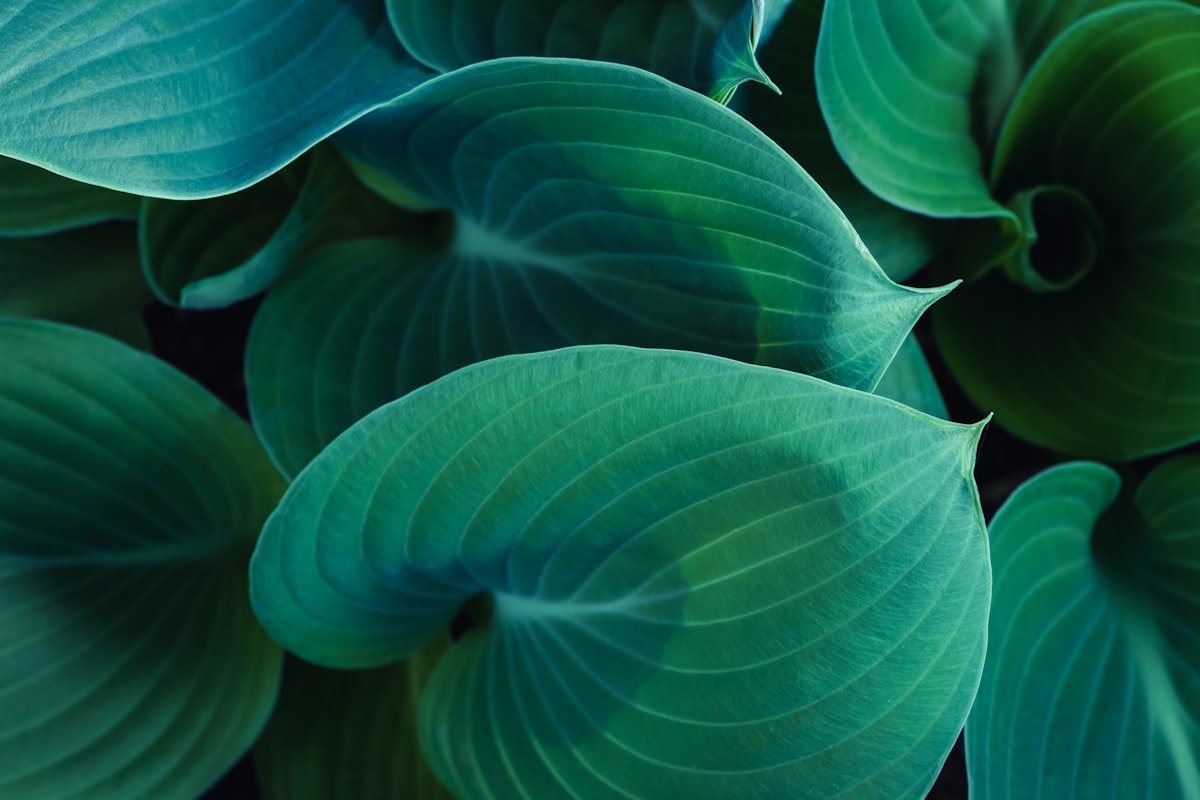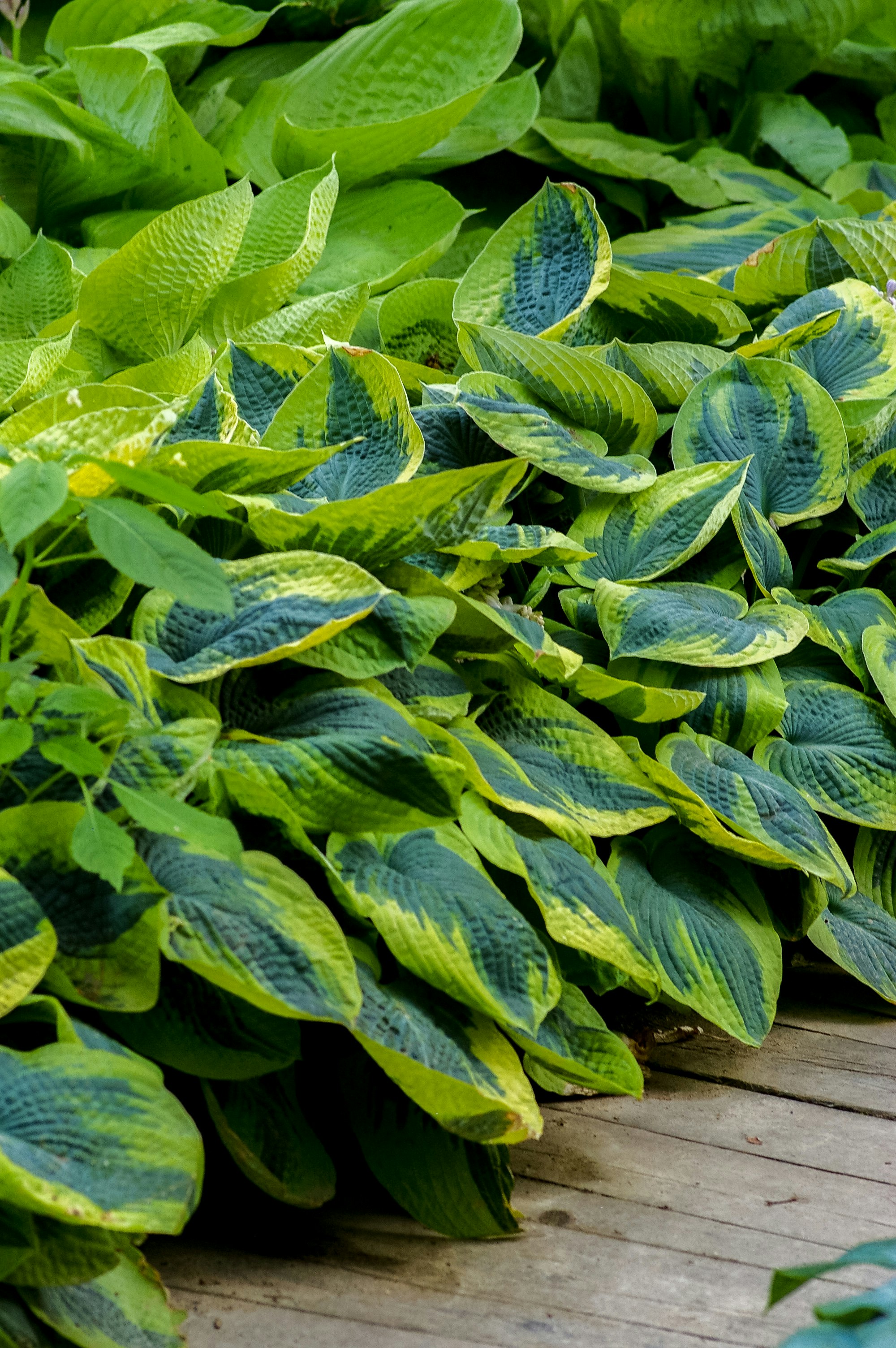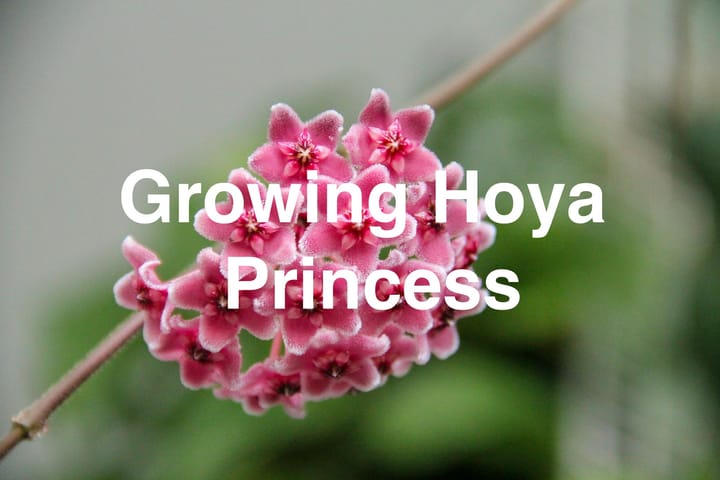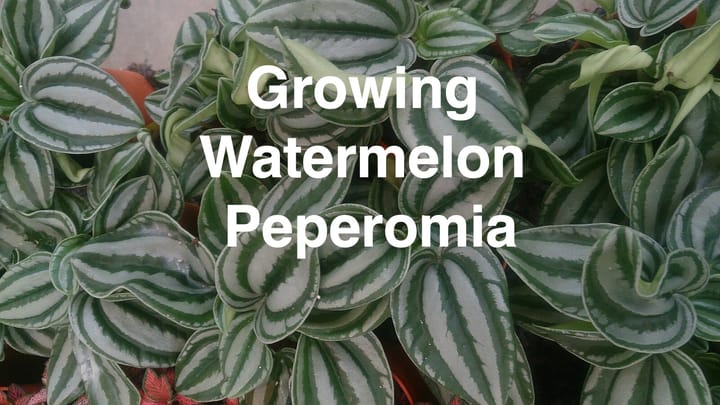How to Grow Hosta Plant
Hostas are a popular garden plant for their ability to thrive in shade and part-shade and low maintenance requirements.

Table of Contents
These versatile, easy-to-care-for plants are available in various shapes, colors, textures, and sizes, making them suitable for various garden settings.
When planting hostas, consider their foliage to determine the ideal sun exposure.
Lighter foliage typically needs more sun, while darker foliage maintains its color best in moderate shade.
All hostas require shade, and few varieties can tolerate strong direct sunlight.
About Hosta Plant
Hostas, also known as plantain lilies, are hardy perennials that belong to the Asparagaceae family.
They are well-known for their beautiful, lush foliage, which comes in various shapes, colors, and textures, making them a popular choice for gardens with partial to full shade.
The leaves of hosta plants can range from solid green to variegated, with colors including shades of blue, gold, and white.
With over a hundred varieties available, hostas offer multiple options for enhancing your garden's aesthetic, and their varying sizes and types allow for placement in both small and large spaces.
Additionally, these plants are fairly low-maintenance, tolerating a wide range of soil conditions and requiring minimal care.
Planting Hosta
When planting hosta plants in your garden, spring is the ideal time to begin.
Choose a location with partial sun or dappled shade, as hostas thrive in these conditions.
Select a soil type that is rich and well-drained, and ensure there is proper spacing between plants to allow for growth.
If you want to grow hostas in containers, use high-quality potting soil and ensure the container has good drainage.
Hosta plants come in various shades, from blue-green to gold, and propagating them is relatively simple.
During the spring, divide the hosta plant by carefully separating the roots and replanting each section in its designated area.
Be sure to fertilize the plants after planting, whether in the ground or in containers.
With proper care, your hostas will grow beautifully and become a stunning addition to your garden.

Caring for Hosta Plant
Sun and Temperature
Hostas are shade-loving plants but need some sunlight for optimal growth.
Lighter foliage varieties can tolerate more sun, while darker foliage should be grown in moderate shade.
Keep your hosta plant in an area with consistent temperatures, avoiding extreme heat or cold.
Water and Humidity
Hostas require regular watering, especially during the summer.
However, avoid overwatering, as they do not like sitting in wet soil.
Ensure the area where the hosta is planted has good drainage to prevent waterlogged conditions.
Soil
For healthy hosta plants, choose fertile, well-draining soil. If your soil is poor, amend it with compost or rotted manure.
Adding a layer of mulch, like compost or shredded bark, can help retain moisture and suppress weeds.
Fertilizer
Hostas benefit from a balanced fertilizer applied during the growing season. Follow the label instructions for application rates and frequency.
Ensure not to over-fertilize, which can lead to excess growth and reduced disease resistance.
Repotting
If you're growing hostas in pots, repot them when they outgrow their containers.
Choose a pot with adequate drainage holes and fill it with a well-draining potting soil mix enriched with organic matter for best results.
Pruning and Propagation
Prune your hosta plant by removing yellow or damaged leaves during the growing season to promote healthy growth.
Divide the plant into smaller sections to propagate hostas, ensuring each division has a healthy root system and foliage.
Troubleshooting Plant Problems
Growing Problems
Hostas may face issues such as yellow leaves, which can be caused by excess moisture or poorly drained soil.
To prevent this, maintain well-drained soil and water once a week when dry.
Puckered leaves can result from planting too deeply, so ensure hostas are planted at the right depth.
Another common issue is leaves appear dull with a film on them.
This problem can be mitigated by protecting against harsh winds and excessive sunlight. Amend the planting location if necessary.
Pests and Diseases
Pests like deer, rabbits, slugs, and snails often target Hostas.
Consider using repellents or installing fencing around your garden to keep deer and rabbits at bay.
For dealing with slugs and snails, set up traps or apply natural deterrents like crushed eggshells around the plants.
Hosta plants can also be affected by diseases such as crown rot.
To reduce the risk of fungal infections, avoid overwatering and ensure the soil is well-draining.
Watering your hostas in the morning is also beneficial, allowing the foliage to dry throughout the day.
Companion Planting
Effective companion plants for Hosta can help deter pests and improve overall plant health.
For example, planting garlic, onions, or chives nearby can repel slugs and snails.
Ferns, astilbes, and bleeding hearts can be companions to provide additional shade and protection for hostas.
Planting various flowers around your hosta garden adds color and can attract beneficial insects that help maintain a healthy ecosystem and fend off potential pests.
Conclusion
Caring for your hosta plants is simple, as they thrive in shade and part-shade conditions.
Just remember to plant them in fertile soil, use a slow-release fertilizer, and provide natural mulch for optimal growth.
Pest control is essential for maintaining your hosta plants' health.
Defending against common pests such as slugs, snails, and deer will keep your hosta plants flourishing, potentially attracting hummingbirds to your garden as a bonus.
Frequently Asked Questions
What is the ideal spacing for hosta plants?
To give your hosta plants enough room to grow, space them 2-3 feet apart. This helps ensure proper air circulation and prevents disease.
What is the best time to plant hostas?
The best time to plant hosta is in early spring after the last frost or in the fall, 4-6 weeks before the first frost. This gives your plants enough time to establish a root system before winter.
How to care for outdoor hostas?
To care for outdoor hostas, ensure they are in well-draining soil and receive regular watering. Also, apply a balanced slow-release fertilizer in spring to promote growth.
Optimal environment for hosta growth?
Hostas thrive in shaded or partially shaded areas with moist, well-draining soil. Although they tolerate various soil types, they prefer slightly acidic to neutral soil (pH 6.0-7.0).
Growing hostas in pots or ground?
Hostas can be grown in both pots and the ground. Ensure they have well-draining soil, sufficient water, and adequate shade for optimum growth.
How to propagate hostas from seeds?
First, to propagate hostas from seeds, collect ripe seeds from the hosta plant and store them in a cool, dry place. Then, sow the seeds indoors 6-8 weeks before the average last frost date, ensuring the seeds stay moist throughout the germination period.


